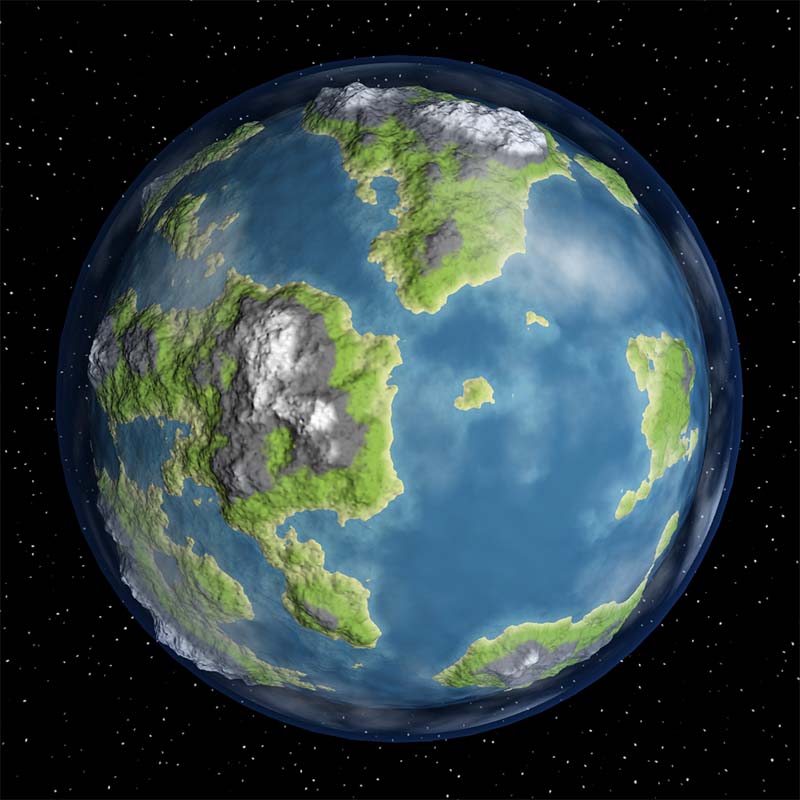
Procedural Planet
A procedurally generated planet on the web. Developed as part of the course Procedural Methods for Images. The app utilizes various noise functions to generate a planet in real-time using WebGL and TypeScript.

A procedurally generated planet on the web. Developed as part of the course Procedural Methods for Images. The app utilizes various noise functions to generate a planet in real-time using WebGL and TypeScript.

A Monte Carlo ray tracer developed as part of the course Advanced Global Illumination. The renderer was written in C++, utilizes multithreading, and implements a simple photon mapping scheme. More details can be found in the report.

A script that takes two images, and then generates a new image with the content from one of the images, and the style of the other one using the power of convolutional neural networks.

A web application that visualizes song attributes and allows the user to find interesting patterns between different attributes. It was developed as part of the course Information Visualization and was written in JavaScript with D3.js.

A multiplayer game developed for the dome at Visualiseringscenter C. The game consisted of three main parts: the main game application distributed over multiple rendering computers, a web client functioning as a game controller, and a web server.

A face recognition application developed in MATLAB for the course Advanced Image Processing. The application includes face detection, normalization, and identification based on the Fisherfaces method.

A university project where different methods of finding relevant information from vast amounts of text were compared. The three methods compared were latend semantic indexing, clustering, and non-negative matrix factorization

The labs of the course modeling and animation covered many interesting topics which can be seen in the lab reports.